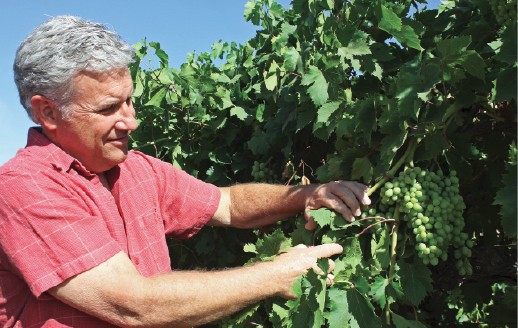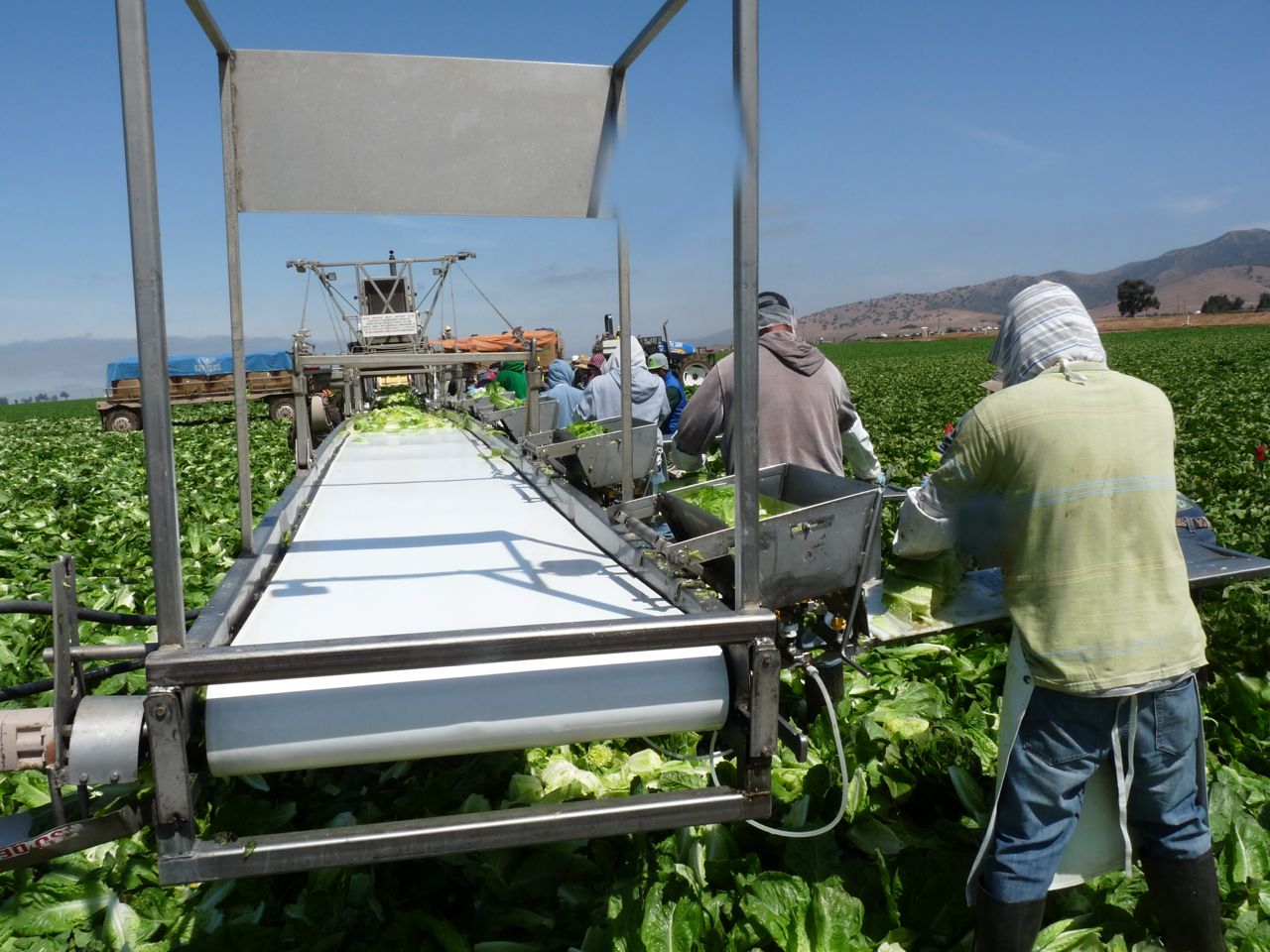Tom Nassif on White House Announcement on Immigration Reform
Statement from Western Growers President and CEO, Tom Nassif on Monday’s White House Announcement on Immigration Reform
Tom Nassif said: “Last Thursday, I participated on behalf of Western Growers in a meeting with Vice President Joe Biden in his office. Now that the president has revealed Speaker Boehner’s decision not to allow a vote on the House floor on immigration reform, which he says is based on a lack of trust in the president, I can say that the vice president shared this with us last week. Biden also said there would be administrative actions to reduce the adverse affects of that decision on workers currently in this country illegally. He would not share what those actions would be, but emphasized they would respect the separation of powers by being clearly constitutional.
None of the industry representatives were asked what we would like to see accomplished with the exercise of executive power, nor whether we would support the president’s use of those powers to reform immigration law. This leads to the conclusion that the president must have some sense of the policies he intends to pursue by administrative action and that those policies are being developed, at least so far, without meaningful input from industry representatives.
Action by Congress to statutorily define our immigration policies is obviously far preferable to this situation.
The House leadership’s refusal thus far to allow a vote on an immigration bill puts all U.S. industries, especially agriculture, in a desperate situation. Clearly the majority of U.S. citizens, including Republicans, want to see the House pass immigration reform. Clearly the U.S. economy would benefit from immigration reform. There may never be another Republican president during my lifetime. Why, therefore, is the Speaker refusing to take up immigration reform? If House leadership has concerns with border security, the House majority can easily pass the border security bill that passed last year in the Homeland Security committee with or without Democratic support. If it is lack of confidence in President Obama, that should not be an issue as he will not be president when most of an immigration reform law would be implemented in 2017 or after. With those two issues off the table, what issues, other than party politics, are stopping the House from doing what this country wants and needs? I am confident there are reasonable women and men in both parties who could come to an agreement if that were their desire. The question is why aren’t they allowed to?



















